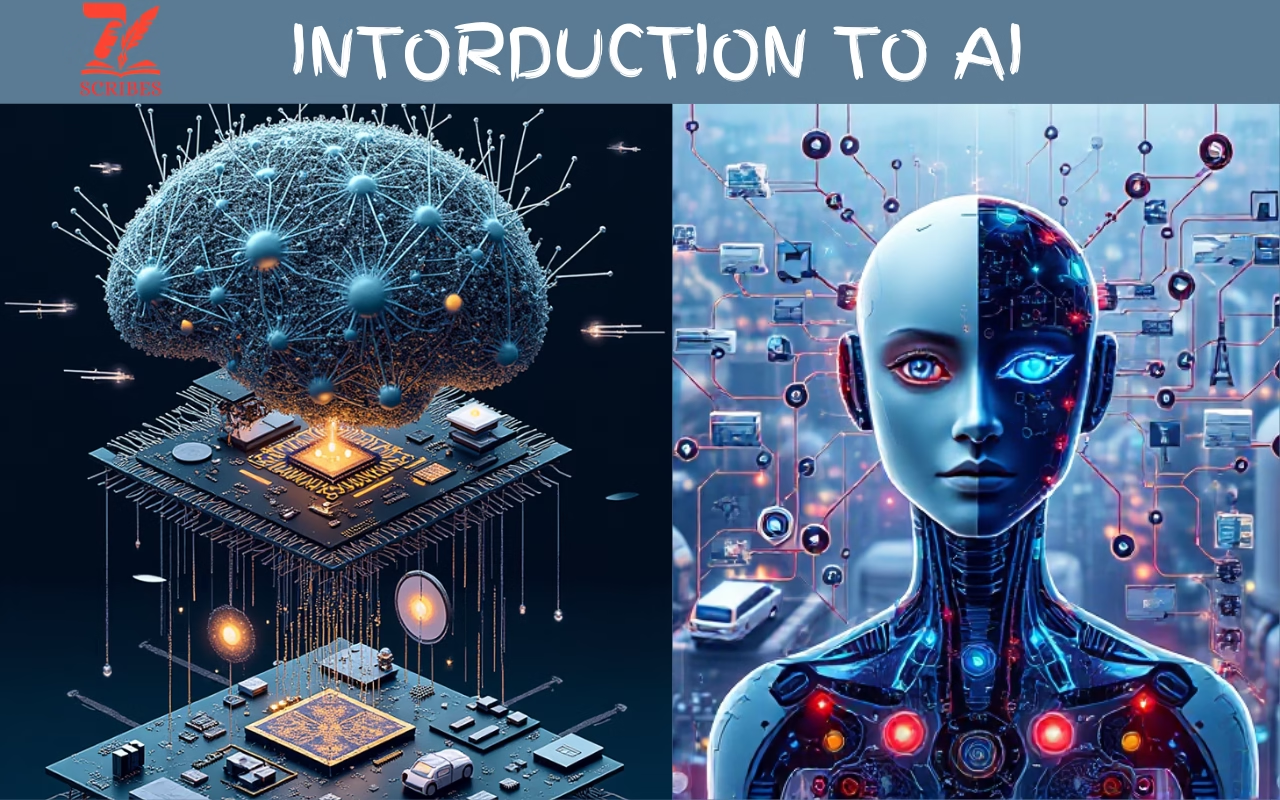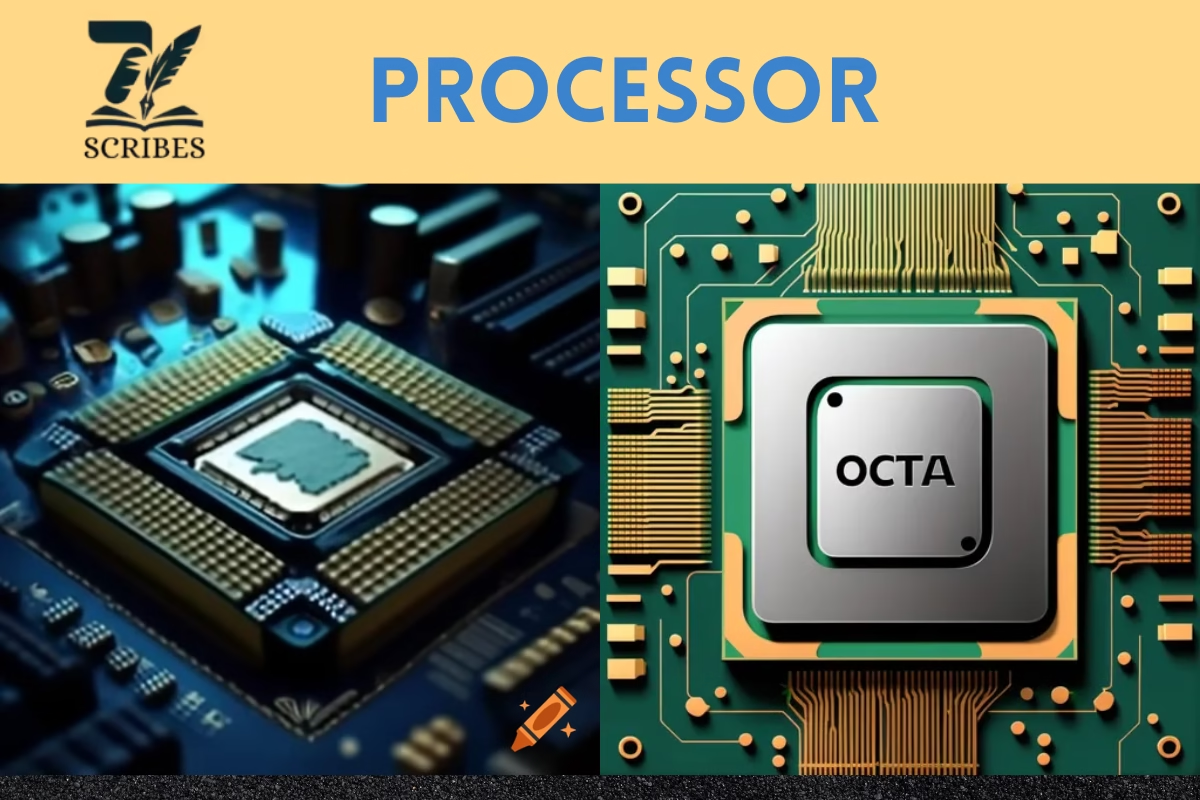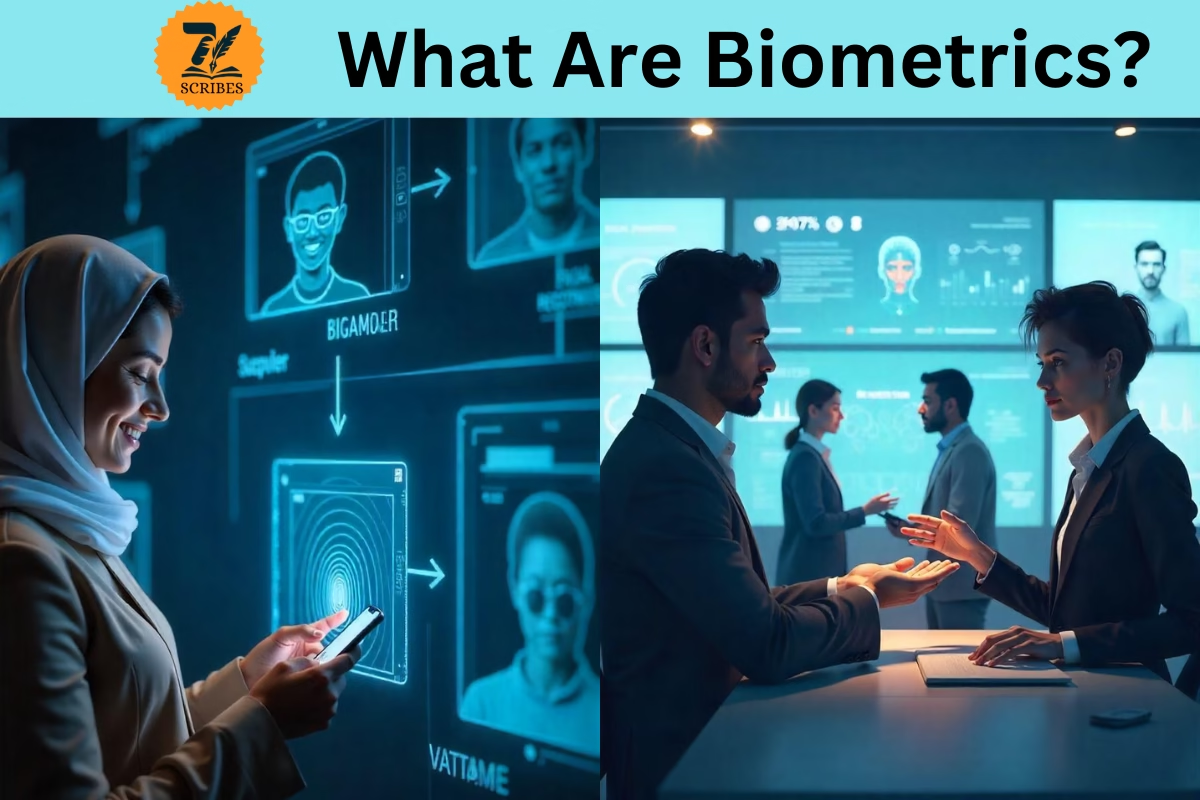Every morning in the modern world is unique due to the concept of Artificial Intelligence (AI), or AI. It has an impact on human life. Everything from healthcare to education, from sound recognition to autonomous driving, is entirely covered by artificial intelligence.
Artificial intelligence (AI) is a technological advancement that enables machines to think like humans and make data-based decisions. This article will explain the fundamentals of artificial intelligence (AI), how the idea came to be, its current uses, and the distinctions between AI and human intelligence.
Daily Life Secanario
A child, for the first time, is completely unaware of rational thinking; his thinking, reasoning, problem-solving, and even every mental process differs from a young one.
For other loved ones, the output of an untrained child in their early stages is incomprehensible (much like the garbage produced by a machine). His thought processes become more logical, and he begins to make wise decisions as he begins to learn from his parents, friends, school, and other loved ones.
Based on the information and knowledge he has already acquired, he begins to distinguish between events. Over time, his thinking, decision-making, problem-solving, reasoning, and other skills begin to develop via practice and education, and he uses these skills to manage various new situations in a very positive way. As a result, he can handle situations based on his prior experience as an adult without having to provide detailed instructions for every task he completes.
Evolution Of AI
In the initial stage, the machine was just like the child without any capabilities like reasoning, decision-making, problem-solving, etc. It was dependent on human beings for instructions to do any single task. At that time, the question arose: Is it possible to make machines that can make decisions, think, and solve problems like humans? This question increased the curiosity of scientists of that era. In 1950, scientists and researchers started to discover the possibilities of making intelligent machines. Among the most influential people in the field of Artificial Intelligence (AI) is Alan Turing, the “father of theoretical computer science,” who developed the Turing Test to evaluate machine intelligence.
The phrase “artificial intelligence” was first used by John McCarthy, who also organised the Dartmouth Conference, which marked the beginning of AI. Co-founder of the MIT AI Lab Marvin Minsky contributed basic theories on human cognition and neural networks.Geoffrey Hinton: Pioneer of backpropagation and deep learning, transforming AI and neural networks.Yoshua Bengio is a top researcher in unsupervised and deep learning who is influencing the advancement of AI.
What is artificial intelligence (AI)?
The fundamental definition of artificial intelligence is the capacity of a machine to carry out various tasks independently, without relying on other people. Various gadgets in our daily lives have the ability to judge people’s mindsets, human preferences, problem-solving methods, etc. Thanks to AI, all of this innovation is now feasible. Using data that has already been stored, machines make decisions artificially.
For instance, Facebook and YouTube begin to recommend similar content to us as soon as we finish watching any given video. Using your privileged interest to judge you makes this possible. With the help of various ideas like machine learning, deep learning, and neural networking, artificial intelligence is expanding quickly in the modern era. Machines are increasingly capable of solving problems and making decisions—tasks that essentially require human intelligence daily.
Key Concepts:
Machine Learning (ML):
Machines are learning, just like the child in the earlier scenario. Children acquire knowledge from their teachers, books, and other sources, which they then store. Because of this understanding, he is able to overcome obstacles and develops the ability to assess others, make decisions, and resolve issues. In a similar vein, machines are also learning from data and using various algorithms.
It is becoming unnecessary to follow detailed instructions for any task as a result of learning from these data and identifying patterns.This kind of learning from data and pattern recognition is known as machine learning.
Deep Learning:
Deep learning is a more complex subset of Artificial Intelligence(AI) that processes enormous volumes of data by using multi-layered artificial neural networks, sometimes called “layers” of neurons. These networks are especially good at tasks like speech and picture recognition because they can identify intricate patterns. For instance, voice assistants (like Siri and Alexa) and facial recognition software are powered by deep learning algorithms.
Neural Networks:
In the human brain, information is processed as it passes through neurons. In the human nervous system, one neuron acts as a bridge for data to move toward the brain for processing. Following this principle, the concept of neural networks emerged. Neural networks, which are inspired by the human brain, are computer models made up of layers of nodes, also referred to as “neurons.”
These nodes process input and transmit it through the network to produce an output, simulating the function of biological neurons. Neural networks are used in artificial intelligence for various tasks, including predictive analytics, natural language processing, and image classification.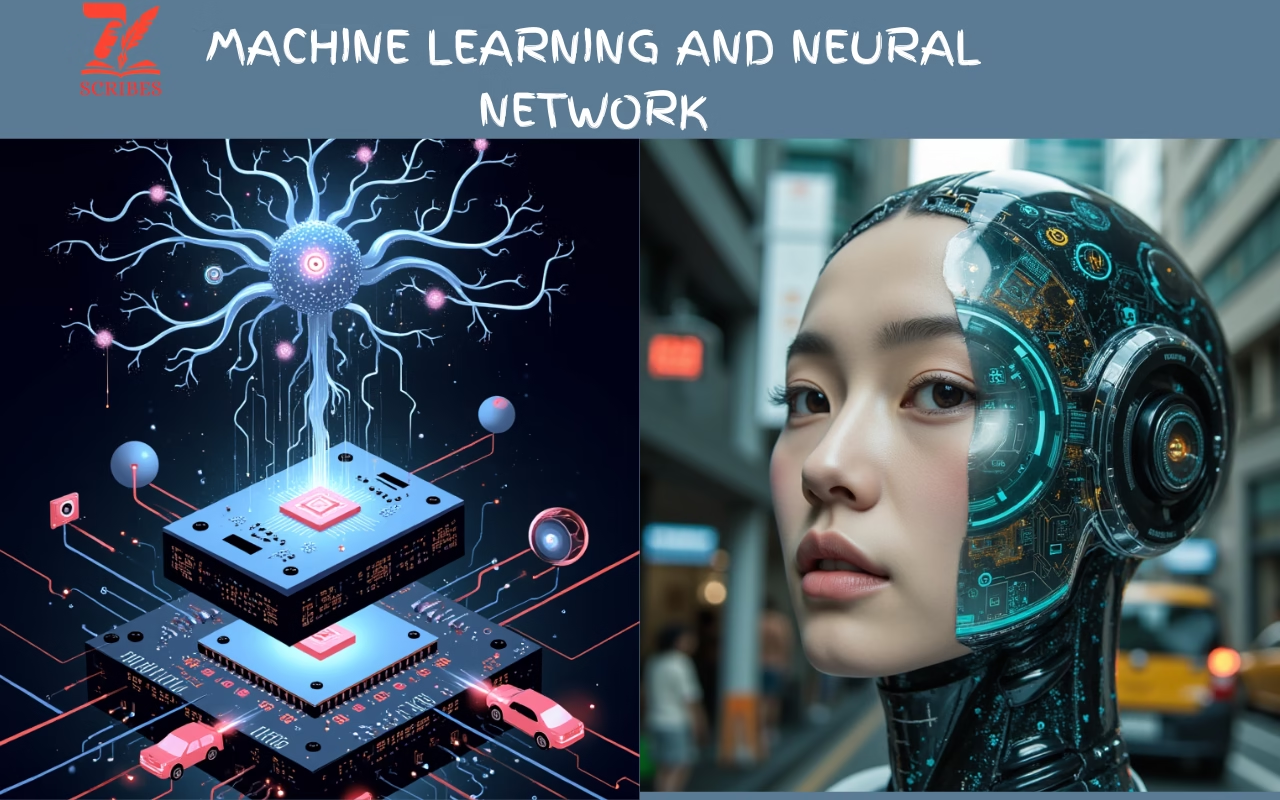
AI in Everyday Life:
- Virtual Assistants: Personal assistants like Siri, Alexa, and Google Assistant leverage AI to interpret voice commands, execute tasks like setting reminders, answering questions, and even controlling smart devices in your home.
- Recommendation Systems: Platforms like Netflix, Amazon, and Spotify use AI-driven algorithms to recommend personalized content, from movies to products and music, based on user’s preferences and past behavior. These systems improve over time as they learn more about user habits.
- Self-Driving Cars: Autonomous vehicles use AI to interpret data from sensors, cameras, and radar to navigate roads, avoid obstacles, and make decisions without human input. Companies like Tesla, Waymo, and Uber are investing heavily in this technology, aiming for safer and more efficient transportation.
- Other Examples: AI is also used in various industries for tasks such as:
- Fraud detection in financial transactions (e.g., PayPal’s fraud prevention systems).
- Medical diagnosis systems that assist doctors in identifying conditions like cancer (e.g., IBM Watson Health).
- Spam filtering in email services.
- Personalized advertising on platforms like Facebook, Google, and Instagram, where AI identifies and targets ads to specific audiences.
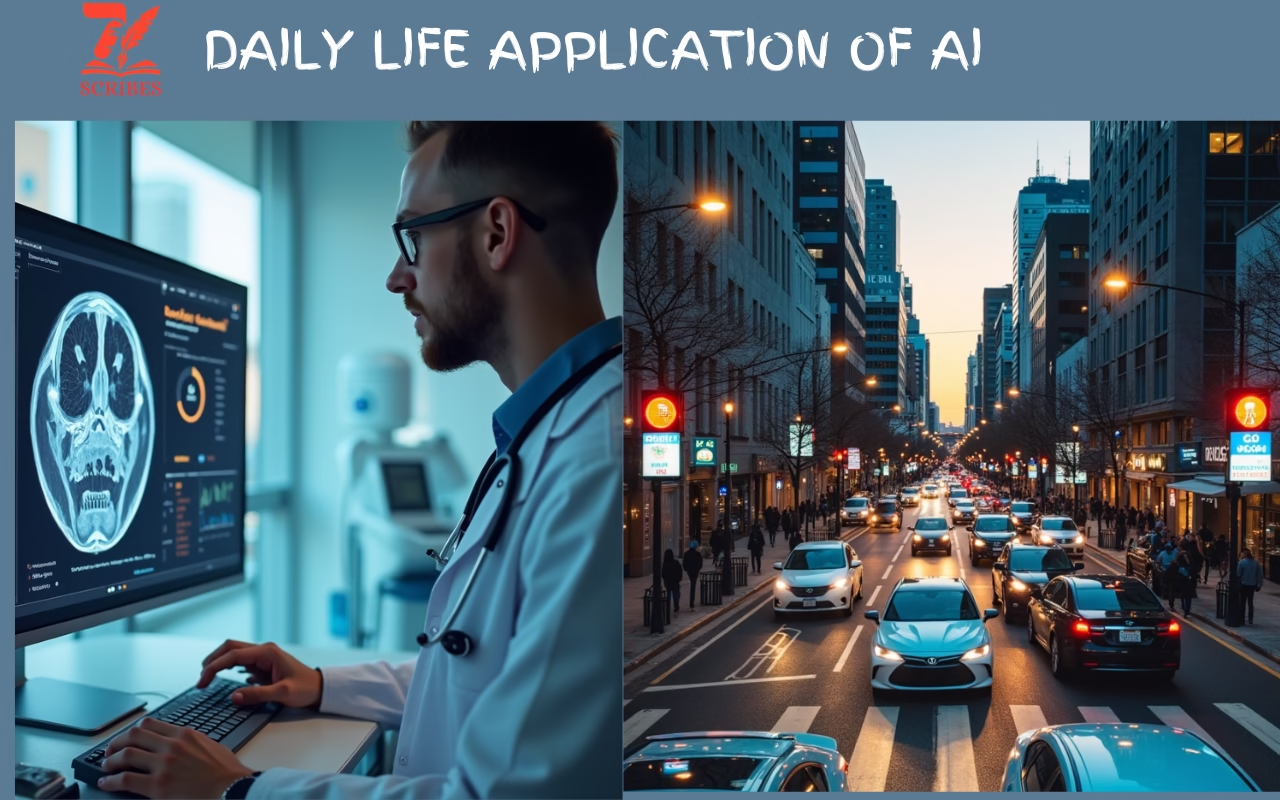
AI vs. Human Intelligence
Similarities:
1. Decision-Making: Artificial Intelligence (AI) closely resembles human decision-making processes by meticulously analyzing vast amounts of data and making predictions grounded in learned patterns. Take, for example, AI systems employed in complex games such as chess or Go. These powerful programs, like Deep Blue and AlphaGo, evaluate countless potential moves, selecting the optimal one based on extensive historical data and nuanced pattern recognition. This analytical approach mirrors how humans strategically consider their options and evaluate various outcomes before making decisions.
2. Problem-Solving: AI demonstrates an impressive capability to tackle intricate problems in real-time. Consider logistics, where applications such as Google Maps and Waze utilize sophisticated algorithms to calculate the quickest route to a destination. These systems factor in live traffic conditions and historical trends, accomplishing a task that would take humans significantly longer to analyze and navigate manually.
3. Pattern Recognition: One of AI’s standout strengths lies in its ability to identify and discern patterns within extensive datasets. In the financial sector, for example, AI can predict stock market trends or uncover anomalous behaviours, such as fraudulent transactions, by analyzing historical data and recognizing deviations from established patterns. This ability to spot irregularities quickly and accurately provides valuable insights that can inform critical decisions.
Differences:
1. Creativity and Imagination: While AI can produce novel outputs—ranging from music compositions to striking visual art—its creative capabilities remain grounded in the patterns extracted from existing datasets. AI lacks the essence of true creativity or imagination, which stems from human intuition and emotional inspiration. Unlike humans, who can generate completely original ideas and innovative concepts through inspiration and personal experience, AI operates strictly within the confines of its programmed knowledge.
2. Emotional Intelligence: Although AI can process inputs and respond to them—like performing sentiment analysis on written text—it fundamentally lacks the depth of emotions, empathy, and social understanding intrinsic to human beings. AI cannot intuitively grasp complex human emotions or navigate intricate social dynamics, which are essential for forging genuine relationships and engaging in meaningful social interactions.
3. Consciousness and Self-Awareness: Unlike humans, AI does not possess consciousness or self-awareness. While it can analyze data and produce outcomes, it has no internal sense of “self,” nor can it contemplate its existence or have subjective experiences. This absence of conscious thought and self-reflective capability distinctly separates AI from human intelligence, which is deeply intertwined with awareness and personal experience.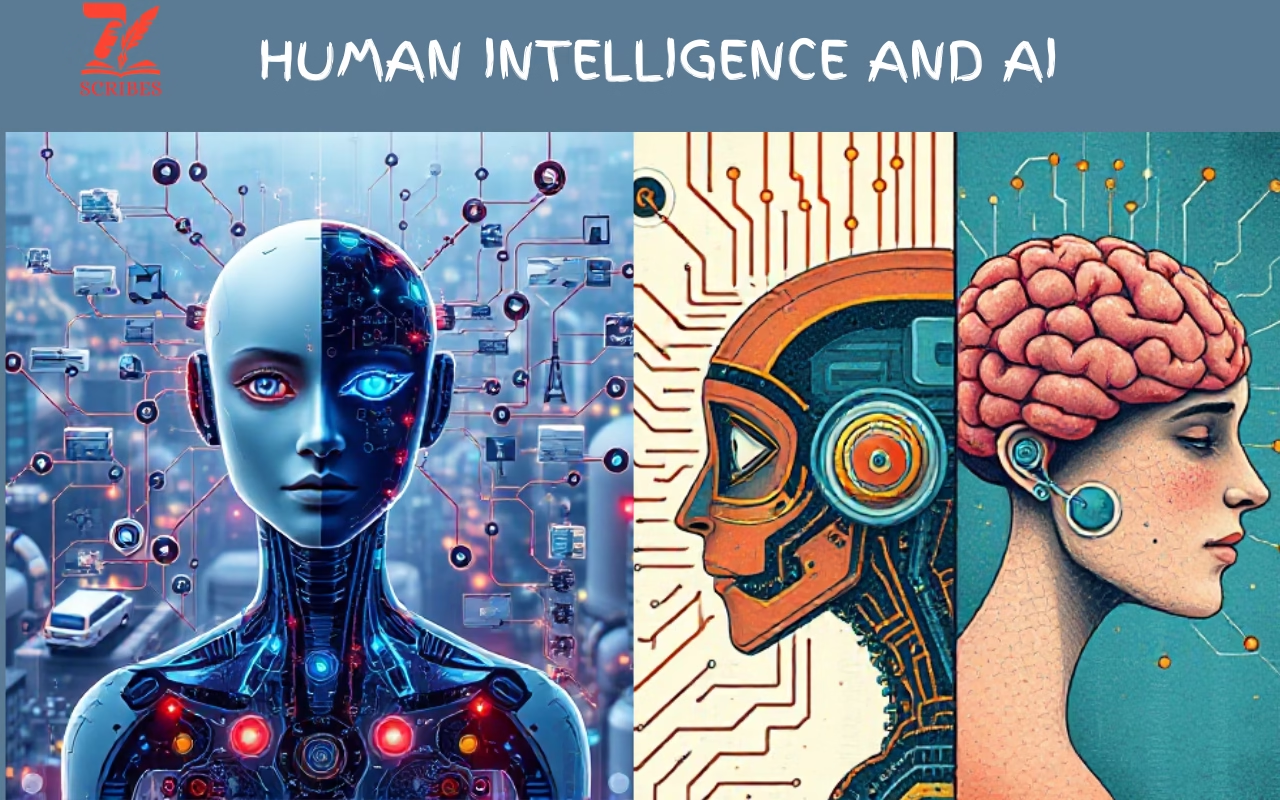
Conclusion
The advent of Artificial Intelligence holds the promise to transform myriad sectors, including healthcare, transportation, finance, and beyond. For instance, in the field of healthcare, AI systems are poised to revolutionize patient care by predicting health outcomes, assisting in precision surgeries, and crafting personalized treatment plans tailored to individual patients’ needs. In the realm of transportation, the development of autonomous vehicles aims to mitigate accidents and enhance the efficiency of traffic flow, potentially reshaping the way we travel. Moreover, within the business landscape, AI-powered data analytics provide organizations with insightful analyses that enable them to streamline operations and elevate customer experiences.
However, alongside the burgeoning capabilities of AI come pressing ethical considerations and societal challenges that must be addressed. Some of the most critical issues include:
- Job Displacement: The rise of automation threatens to displace many human jobs, particularly within sectors such as manufacturing and customer service. This paradigm shift underscores the urgent necessity for reskilling and upskilling the workforce, equipping individuals with the skills needed to thrive in a rapidly evolving, AI-driven environment.
- Bias: AI systems risk inadvertently perpetuating biases embedded within their training data, which can result in unjust outcomes in crucial areas such as hiring practices, lending decisions, and criminal justice. Establishing measures to ensure fairness and promote unbiased decision-making is essential for maintaining equity in AI applications.
- Privacy Concerns: The increasing reliance on vast datasets brings significant implications for individual privacy and data security. It is imperative to develop comprehensive safeguards that uphold personal rights and ensure responsible usage of data, thereby protecting individuals in an interconnected world.
In conclusion, while AI holds enormous promise to enhance and transform diverse aspects of society, its development and implementation demand responsible stewardship. Addressing ethical concerns, promoting transparency, and ensuring fairness must be prioritized. Continued research, innovation, and regulation will play pivotal roles in shaping a future where AI serves to benefit society as a whole while upholding individual freedoms and promoting equity. Through thoughtful consideration of the implications of AI, we can harness its capabilities to create a more efficient, ethical, and inclusive world.
Read more articles
FAQs:
- What is Artificial Intelligence (AI)?
AI refers to the ability of machines to perform tasks that typically require human intelligence, such as decision-making, problem-solving, and pattern recognition. - How does AI differ from human intelligence?
AI excels in data processing, decision-making, and pattern recognition but lacks human traits like creativity, emotional intelligence, and self-awareness. - What are some everyday applications of AI?
AI is used in virtual assistants (Siri, Alexa), recommendation systems (Netflix, Amazon), self-driving cars, and in sectors like healthcare for diagnosis and treatment planning. - What are the ethical challenges associated with AI?
Key challenges include job displacement due to automation, biases in AI systems, and privacy concerns related to data usage. - How does AI learn and make decisions?
AI learns from data using algorithms (Machine Learning) and processes complex patterns through neural networks and deep learning, mimicking human cognitive functions.

